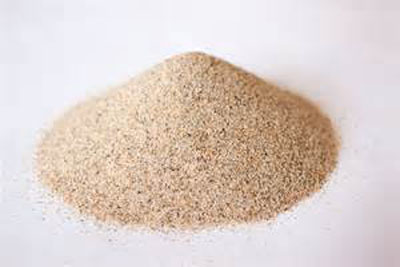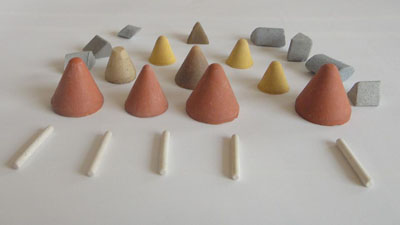
iAbrasive has classified abrasive media into three types – blasting media, grinding media, and mass finishing media. Different abrasive media types result in different relative density.


Types of abrasive media
iAbrasive has classified abrasive media into three types – blasting media, grinding media, and mass finishing media. The material for blasting media usually include aluminum oxide, silicon carbide, plastic abrasives, mineral abrasives(silica sand, garnet and quartz sand), metal abrasives (steel ball, steel shot, steel grit, stainless steel shot, cut wire, copper shot, aluminum shot, zinc shot), walnut shell, corn cobs, corn starch, wheat starch, sodium bicarbonate, and dry ice, etc.
The media types for grinding media include ceramic media, plastic media, metal media, glass, and other. The media type for mass finishing media include ceramic media, plastic media, HD ceramic media, synthetic media, and other. Additional synthetic abrasives include process byproducts (e.g., copper slag, nickel slag, and coal slag), engineered abrasives (e.g., aluminum oxide, silicon carbide, glass beads, ceramic shot/grit), and recycled products (e.g., plastic abrasive, glass grit).
Relative density of abrasive media
Different abrasive media types result in different relative density. Analyzing from energy utilization ratio, it seems that abrasive media with larger relative density has better grinding effect. Actually, however, it’s not true. Usually the most frequently adopted relative density of abrasive media is from 2.2g to 14g per cubic meter. Choice of appropriate abrasive media is relevant to the viscosity of sizing agent.
Spherical media & surface roughness
Synthetic abrasive media are mostly spherical. The surface roughness of abrasive media has a direct effect on wear resistance. When producing mica powder, aluminum paste, special attention should be paid to the surface roughness of spherical media.
The mechanical strength of spherical media means its impact resistance and pressure resistance. The index is of great importance to glass beads and ceramic spherical abrasive media.